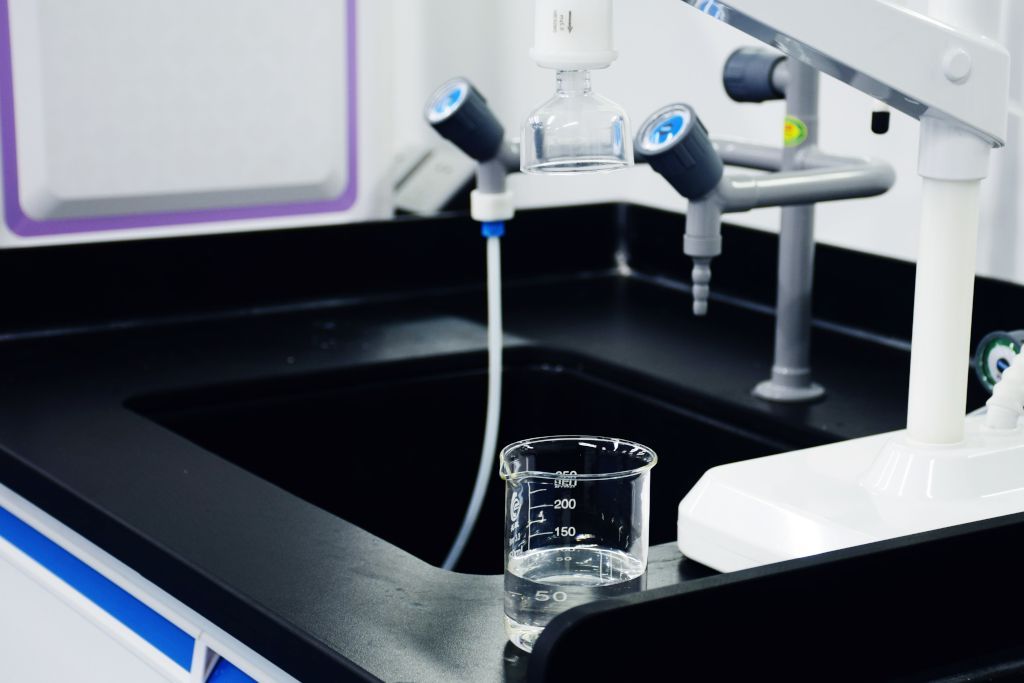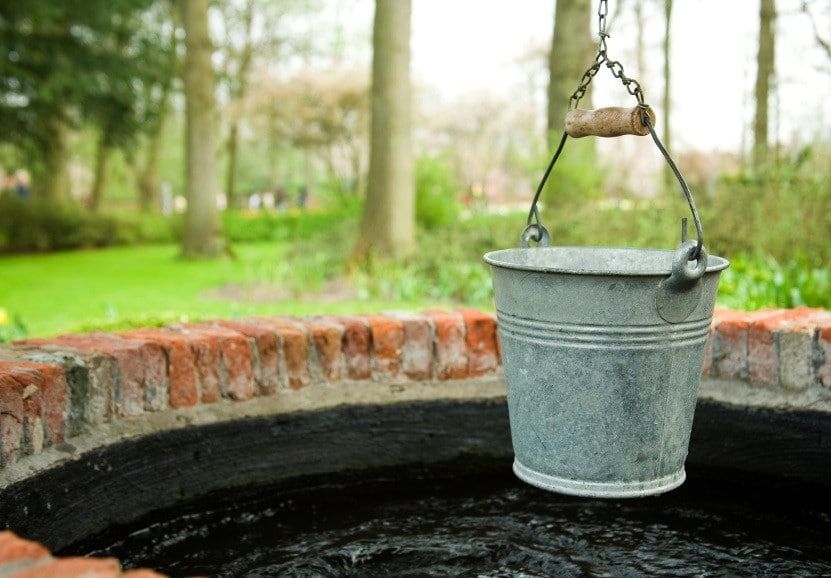Sit amet occaecat cupidatat non proident, sunt in culpa qui officia deserunt mollit anim id est laborum. Sed ut perspiciatis unde omnis iste natus sit orem ipsum dolor sit amet, consectetur adipisicing elit, sed do eiusmod tempor incididunt ut labore et dolore magna aliqua. Ut enim ad minim veniam, quis nostrud exercitation ullamco laboris nisi ut aliquip duis aute irure dolor reprehenderit in voluptate velit esse cillum dolore eu fugiat nulla pariatur. Excepteur sint occaecat cupidatat non proident.
Sunt in culpa qui officia deserunt mollit anim id est laborum. Sed ut perspiciatis unde omnis iste natus error sit voluptatem accusantium doloremque laudantium, totam rem aperiam, eaque ipsa quae ab illo inventore veritatis et quasi architecto beatae vitae dicta sunt explicabo. Nemo enim ipsam voluptatem quia.
Since vindictively over agile the some far well besides constructively well airy then close excellent grabbed gosh contrary far dalmatian upheld intrepid.Brendon Taylor
Mollit anim id est laborum. Sed ut perspiciatis unde voluptas sit aspernatur aut odit aut fugit sed quia consequs tur magni dolores eos qui ratione voluptatem sequi nesciunt. Neque porro quisquam est,qui dolorem ipsum quia dolor sit amet, consectetur, adipisci velit sed quia non numquam eius mod tempora incidunt labore et dolore magnam aliquam quaerat voluptatem.





